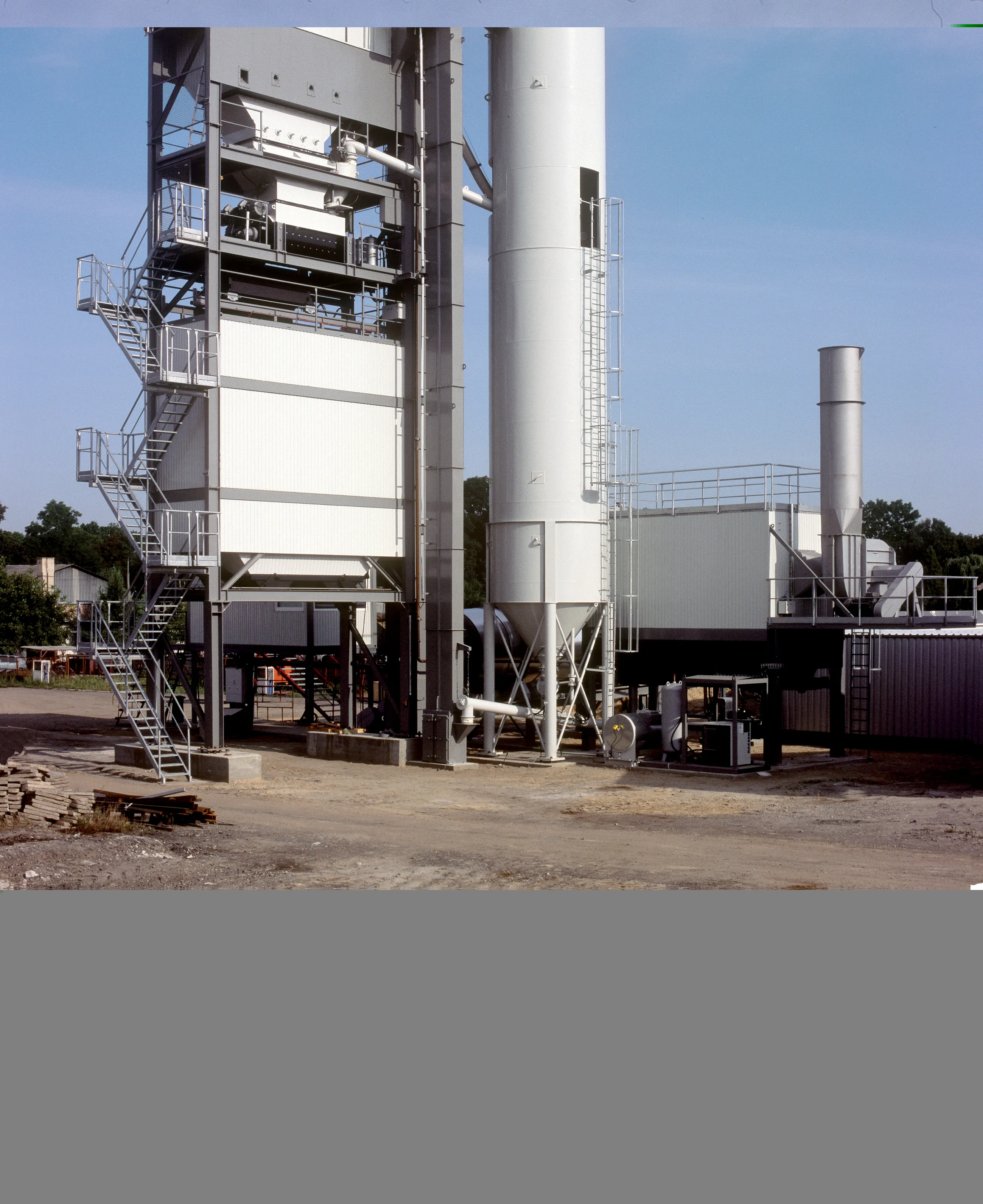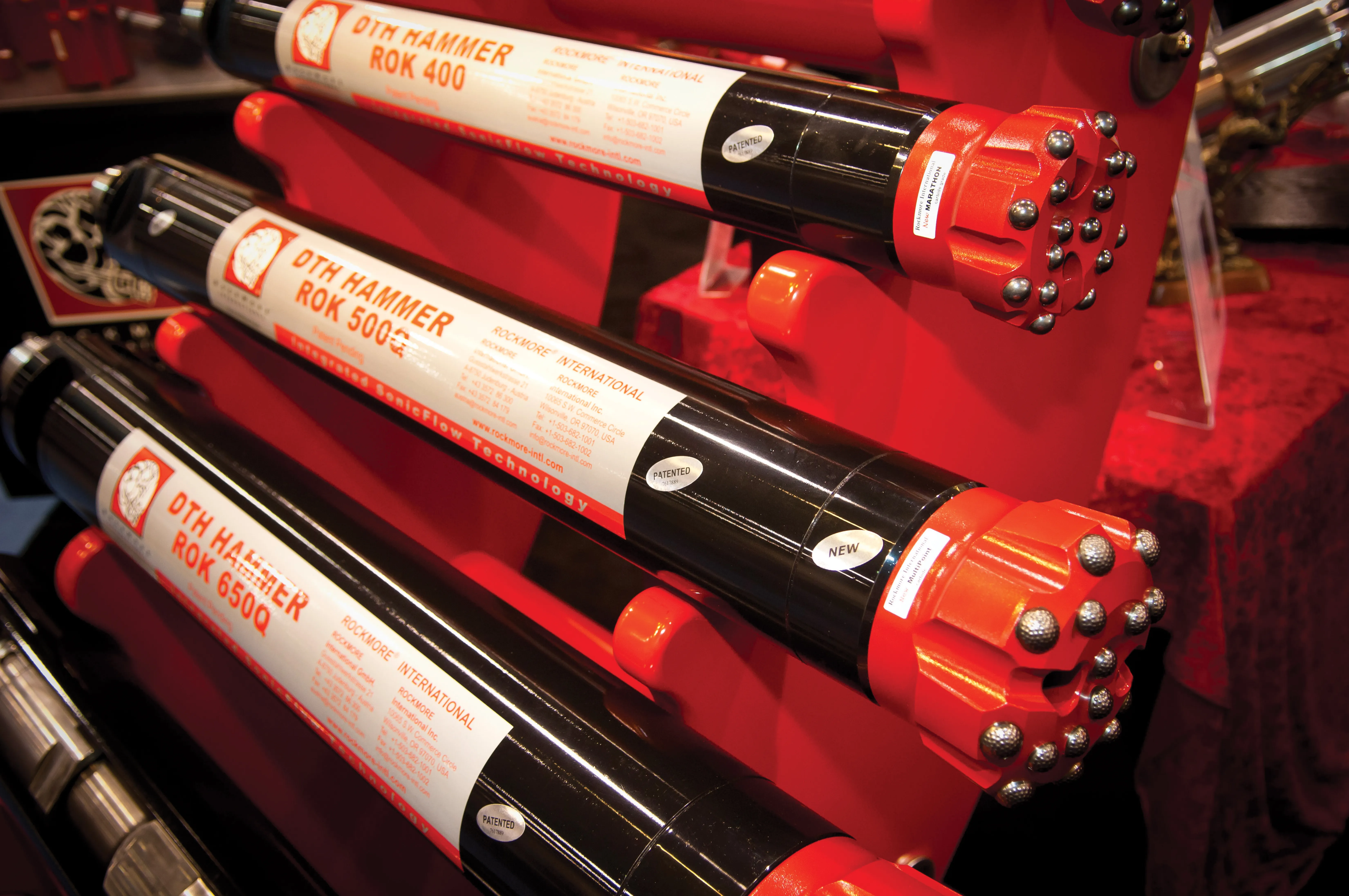Keestrack is maintaining its technology edge with new H4 tracked cone crusher. Said to be light and compact, this plant features the KT-H4 cone crusher, adapted for the installation and supplied by a world-leading cone specialist. The fully automated unit produces up to 250tonnes/hour at maximum feed sizes of 178mm. The wide variety of concaves allows a high flexibility in secondary or tertiary production of highly defined end fractions. To optimise production the plant can be equipped as an option with a p
January 16, 2017
Read time: 2 mins

Meanwhile its big feeder volume, large screening areas and high stockpile capacities allow very productive operations as in-line or stand-alone unit. The H4 features a hybrid diesel-electric drive concept with a 345kW diesel that meets Tier 4 Final emissions requirements. It also has a 330 kVA Genset and a 135 kW E-drive for its crusher. This is said to deliver low fuel consumption and ease of maintenance through the wide use of electric motors on screens and conveyors. In addition the new full-hybrid version H4e even allows full electric operation through mains or an external gen set. An additional electric motor/hydro pump then supplies the hydraulic driven feeder, the secondary screen module, the tracks and all hydraulic cylinders.
The company is also focussing on state-of-the-art drive technologies and sophisticated processing concepts. Another important field is the use of modern communication technology for remote plant control and maintenance management with its telematics tool. And the use of high-strength steel qualities in machine frames and superstructures reduces weight without compromising the static qualities or machine life-time.









